Home>Garden Essentials>How Long Does It Take For Radish Seeds To Sprout
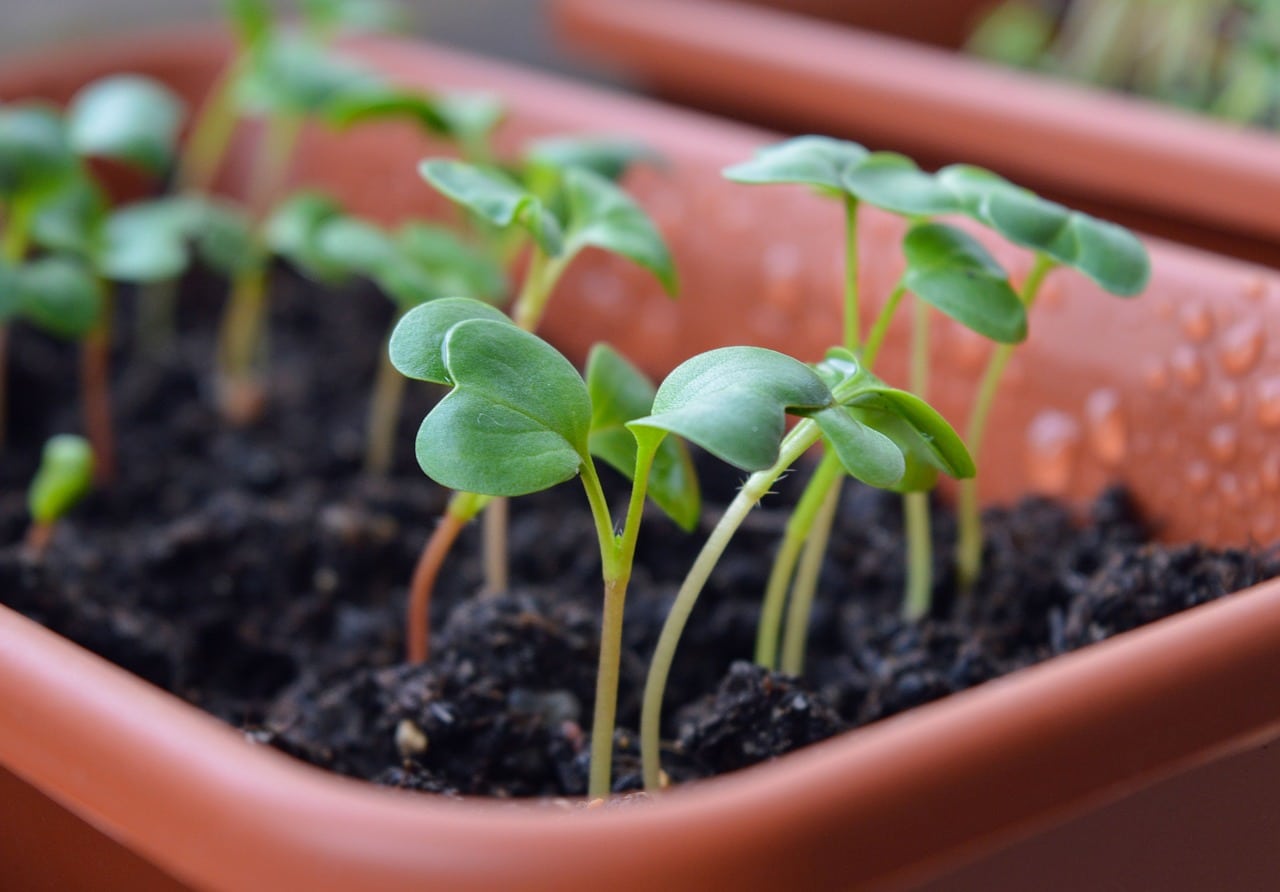

Garden Essentials
How Long Does It Take For Radish Seeds To Sprout
Modified: April 22, 2024
Discover how long it takes for radish seeds to sprout and start growing in your garden. Plan your gardening timeline accordingly with this helpful guide.
(Many of the links in this article redirect to a specific reviewed product. Your purchase of these products through affiliate links helps to generate commission for Storables.com, at no extra cost. Learn more)
Introduction
Growing your own vegetables can be an incredibly rewarding experience, and radishes are a great choice for beginners. These small and vibrant root vegetables are not only delicious but also easy to cultivate. However, one common question that gardeners often ask is, “How long does it take for radish seeds to sprout?”
The germination time of radish seeds can vary depending on several factors, including the variety of radish, the environmental conditions, and the quality of the seeds. In this article, we will explore the average germination time for radish seeds, the optimal conditions to ensure successful sprouting, and some troubleshooting tips in case you encounter any difficulties.
Understanding the germination process of radish seeds is crucial to plan your gardening activities effectively and ensure a bountiful harvest. So, let’s dive in and discover the secrets behind radish seed germination!
Key Takeaways:
- Radish seeds typically sprout in 3 to 7 days, but factors like temperature and seed quality can affect germination time. Patience and proper care are key to a successful radish growing experience!
- To ensure successful radish seed germination, provide optimal conditions such as proper moisture, temperature, and soil quality. Troubleshoot common issues like poor germination and pest damage for a bountiful harvest.
Read more: How Long Does It Take Radish Seeds To Sprout
Factors Affecting Radish Seed Germination
Radish seed germination can be influenced by various factors that gardeners should consider for successful sprouting. Understanding these factors can help you create the optimal conditions for your radish seeds to thrive. Here are some key factors affecting radish seed germination:
- Seed Quality: The quality of the radish seeds you use plays a significant role in germination. It is essential to choose fresh, viable seeds from reputable sources. Old or damaged seeds may have a reduced germination rate.
- Temperature: Radish seeds prefer cooler temperatures for germination. The optimal temperature range for radish seed sprouting is between 50°F and 70°F (10°C and 21°C). Temperatures above 85°F (29°C) can hinder germination.
- Moisture: Radish seeds require adequate moisture to germinate. The soil should be kept consistently moist but not waterlogged. If the soil is too dry, it can delay or inhibit germination.
- Light: Although radish seeds need light to grow after sprouting, they do not require light during the germination process. In fact, keeping the seeds in a dark environment can actually promote germination.
- Soil Conditions: The soil should provide a suitable environment for radish seed germination. It should be well-draining, loose, and rich in organic matter. Compact or heavy soils can hinder proper sprouting.
- Seed Depth: Radish seeds are relatively small, so they should be sown at a shallow depth. Plant the seeds around half an inch deep (1.27 cm) in the soil. Planting them too deep can delay germination or prevent it altogether.
- Weed Competition: Weed competition can negatively impact radish seed germination by competing for resources such as water, nutrients, and sunlight. It is crucial to keep the area weed-free, especially during the germination period.
By considering these factors and making appropriate adjustments, you can greatly enhance the germination success of your radish seeds. Now that we understand the factors affecting radish seed germination, let’s explore the average germination time for radish seeds in the next section.
Average Germination Time of Radish Seeds
The germination time of radish seeds can vary depending on several factors, including the variety of radish and the environmental conditions. On average, radish seeds take about 3 to 7 days to sprout. However, it’s important to note that this timeframe is just an estimate, and the actual germination time can vary.
Some radish varieties, known as “early maturing” or “quick-growing” varieties, have a shorter germination time. These varieties can sprout in as little as 3 days. On the other hand, some radish varieties may take longer, especially if the conditions are not ideal.
Factors such as temperature, moisture, and seed quality can also influence the germination time. In colder temperatures, radish seeds may take longer to sprout, while warmer temperatures can expedite the process. Additionally, if the seeds are not properly stored or are of poor quality, the germination time may be delayed or the seeds may not sprout at all.
It’s important to monitor the progress of your radish seeds regularly during the germination period. Be patient and allow sufficient time for the seeds to sprout. If you notice that a significant amount of time has passed without any signs of germination, it may be necessary to investigate and address any potential issues.
Now that we have explored the average germination time of radish seeds, let’s delve into the optimal conditions required to promote successful sprouting in the next section.
Optimal Conditions for Radish Seed Sprouting
To maximize the success of radish seed sprouting, it’s important to provide the optimal conditions for the seeds. Here are the key factors to consider:
- Temperature: Radish seeds prefer cooler temperatures for optimal germination. Aim for a temperature range between 50°F and 70°F (10°C and 21°C). Using a seedling heat mat can help maintain a consistent temperature and promote faster sprouting in cooler environments.
- Moisture: Radish seeds require consistent moisture in the soil during the germination process. Keep the soil evenly moist, but avoid over-watering, as excessive moisture can lead to rotting of the seeds. Using a spray bottle or misting the soil gently can help maintain the right moisture level without disturbing the seeds.
- Light: While radish seeds do not require light during germination, they need it to grow properly after sprouting. Place the trays or containers in a well-lit area or provide them with 12-16 hours of artificial light daily if you are germinating the seeds indoors.
- Soil: The soil should be loose, well-draining, and rich in organic matter. Avoid compacted or heavy soils, as they can hinder proper root development and sprouting. A mix of loam, compost, and sand can create an ideal growing medium for radish seeds.
- Air Circulation: Sufficient air circulation is important for preventing fungal diseases and promoting healthy growth. Ensure that the germination area has good ventilation but avoid exposing the seeds to direct drafts, which can dry them out.
By providing these optimal conditions, you can significantly enhance the germination and sprouting success of your radish seeds. However, it’s important to note that germination can still occur under less-than-ideal conditions. Radishes are resilient plants and can adapt to various conditions, but maintaining the optimal environment increases the likelihood of successful sprouting.
In the next section, we will discuss the steps you can take to promote radish seed germination and ensure a successful growing process.
Radish seeds typically take 3-7 days to sprout when planted in well-draining soil and kept consistently moist. Planting them in a sunny spot can also help speed up the sprouting process.
Steps to Promote Radish Seed Germination
To promote successful radish seed germination and ensure healthy sprouting, follow these steps:
- Choose high-quality seeds: Select fresh, viable radish seeds from reputable sources. Avoid using old or damaged seeds, as their germination rate may be compromised.
- Prepare the planting area: Clear the planting area of any weeds or debris. Loosen the soil to a depth of approximately 6-8 inches, removing any large clumps or rocks. Mix in organic matter to improve soil fertility.
- Sow the seeds: Plant the radish seeds at a shallow depth, around half an inch (1.27 cm) deep, spacing them about 1-2 inches (2.5-5 cm) apart. If you are planting in rows, space the rows about 8-10 inches apart to allow sufficient room for growth.
- Provide adequate moisture: Water the planting area gently after sowing the seeds to ensure proper hydration. Throughout the germination period, keep the soil consistently moist but not waterlogged. Use a gentle misting or a watering can with a fine spout to avoid dislodging the seeds.
- Maintain optimal temperature: Ensure that the temperature remains within the preferred range of 50°F to 70°F (10°C to 21°C). If necessary, use a seedling heat mat to maintain a consistent temperature for faster germination.
- Monitor and protect: Regularly check the planting area for signs of germination. Be patient, as radish seeds can take anywhere from 3 to 7 days to sprout. Protect the seeds from extreme weather conditions, pests, and diseases.
- Thin out seedlings: Once the seedlings have emerged and developed their first set of true leaves, thin them out to allow sufficient space for each plant to grow. Remove any weak or overcrowded seedlings, leaving the strongest ones evenly spaced.
- Provide proper care: Continue to provide adequate water and maintain optimal growing conditions throughout the growth period. Radishes prefer consistent moisture and moderate temperatures.
By following these steps, you can create an ideal environment for radish seed germination and promote successful sprouting. Remember to be patient and allow sufficient time for the seeds to sprout. With proper care and attention, you will soon witness the vibrant green foliage and delectable radish bulbs emerging from the soil.
In the next section, we will address common issues and provide troubleshooting tips to help you overcome any challenges during the radish seed germination process.
Read more: How Long Does A Seed Take To Sprout
Common Issues and Troubleshooting
While radish seed germination is generally straightforward, you may encounter some common issues along the way. Here are a few problems you may face and some troubleshooting tips to overcome them:
- Poor germination: If you notice a low germination rate or no sprouting at all, it could be due to various factors. Ensure that you are using fresh, high-quality seeds and that the soil remains consistently moist. Checking the temperature and providing sufficient air circulation can also help promote germination.
- Fungal diseases: Excessive moisture or poor air circulation can lead to fungal diseases such as damping-off, which can cause seedlings to rot at the base. To prevent this, avoid over-watering and ensure proper ventilation. Consider using sterilized soil and practicing crop rotation to minimize disease risk.
- Pest damage: Radish seeds and seedlings can be susceptible to various pests such as slugs, snails, and flea beetles. To protect your plants, use physical barriers or natural pest control methods such as companion planting or organic insecticides.
- Inadequate light: Insufficient light can lead to weak, leggy seedlings. If you are germinating seeds indoors, make sure to provide adequate light by placing them near a sunny window or using grow lights. Ensure that the seedlings receive 12-16 hours of light per day.
- Weed competition: Weeds can compete with radish seedlings for essential resources and hinder their growth. Keep the planting area weed-free by regularly removing any weeds that appear. Consider using mulch or applying a pre-emergent herbicide to prevent weed growth.
- Overcrowding: If the radish seeds were sown too closely together, overcrowding can inhibit proper growth. Thin out the seedlings once they have developed their first set of true leaves, leaving enough space for each plant to grow and access necessary resources.
By identifying and addressing these common issues promptly, you can overcome challenges and ensure the successful germination and growth of your radish plants.
In the next section, we’ll conclude our discussion on radish seed germination and summarize key takeaways from this article.
Conclusion
Radish seed germination is an exciting process that sets the stage for a successful and rewarding gardening experience. By considering the factors that affect germination, creating optimal conditions, and following the necessary steps, you can greatly enhance the chances of successful sprouting and healthy plant growth.
Remember to choose high-quality seeds, prepare the planting area properly, and provide adequate moisture, temperature, and light for optimal germination. Regularly monitor your radish seeds, taking note of any issues or challenges that may arise. By troubleshooting common problems such as poor germination, fungal diseases, pest damage, inadequate light, weed competition, and overcrowding, you can give your radish seedlings the best chance of success.
Throughout the germination period, patience is key. Radish seeds typically sprout within 3 to 7 days, but this may vary depending on the specific factors affecting germination. Maintain a nurturing environment, and continue to provide care and attention as the seedlings grow into mature plants. Before long, you’ll be enjoying the crisp, delicious radishes harvested from your own garden.
In conclusion, understanding how long it takes for radish seeds to sprout and knowing how to create the optimal conditions is essential for successful germination. With the tips and information provided in this article, you are equipped to embark on your radish growing journey with confidence, ensuring a plentiful harvest of these delectable root vegetables.
So, get your radish seeds ready, prepare the soil, and watch as the magic of germination unfolds before your eyes. Happy gardening!
Frequently Asked Questions about How Long Does It Take For Radish Seeds To Sprout
Was this page helpful?
At Storables.com, we guarantee accurate and reliable information. Our content, validated by Expert Board Contributors, is crafted following stringent Editorial Policies. We're committed to providing you with well-researched, expert-backed insights for all your informational needs.
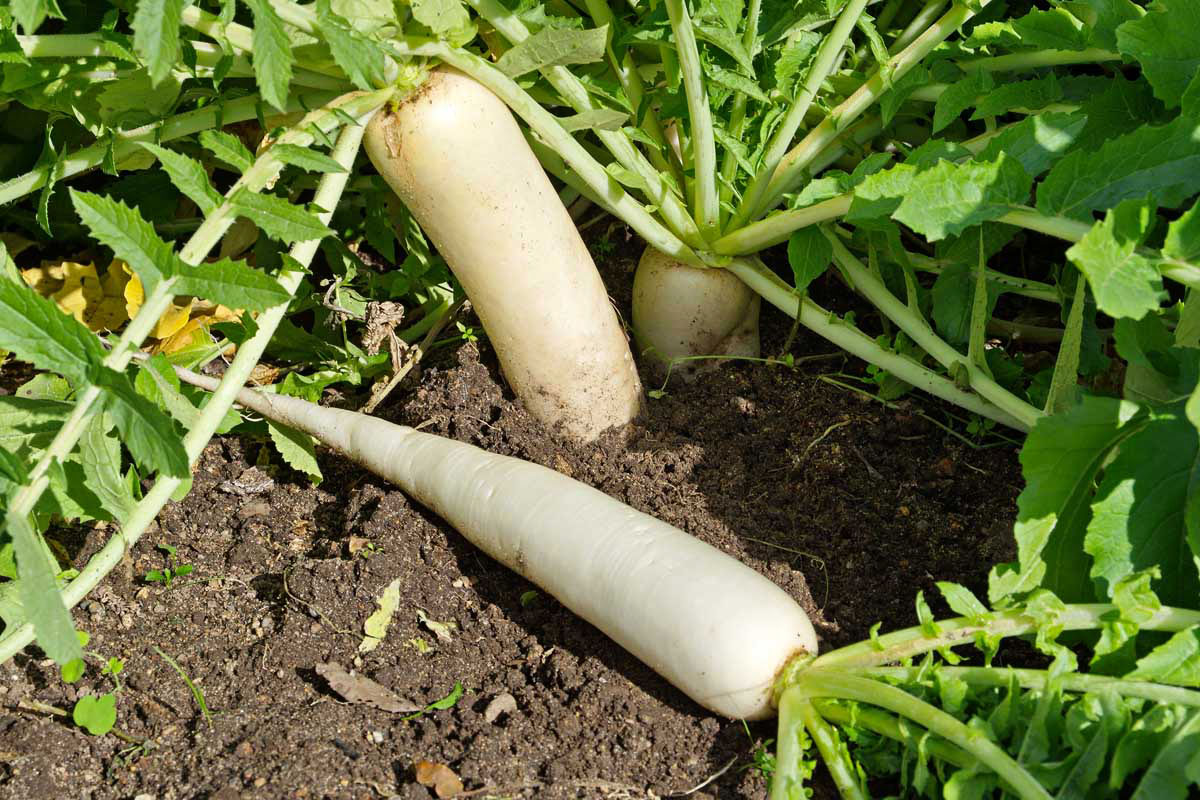
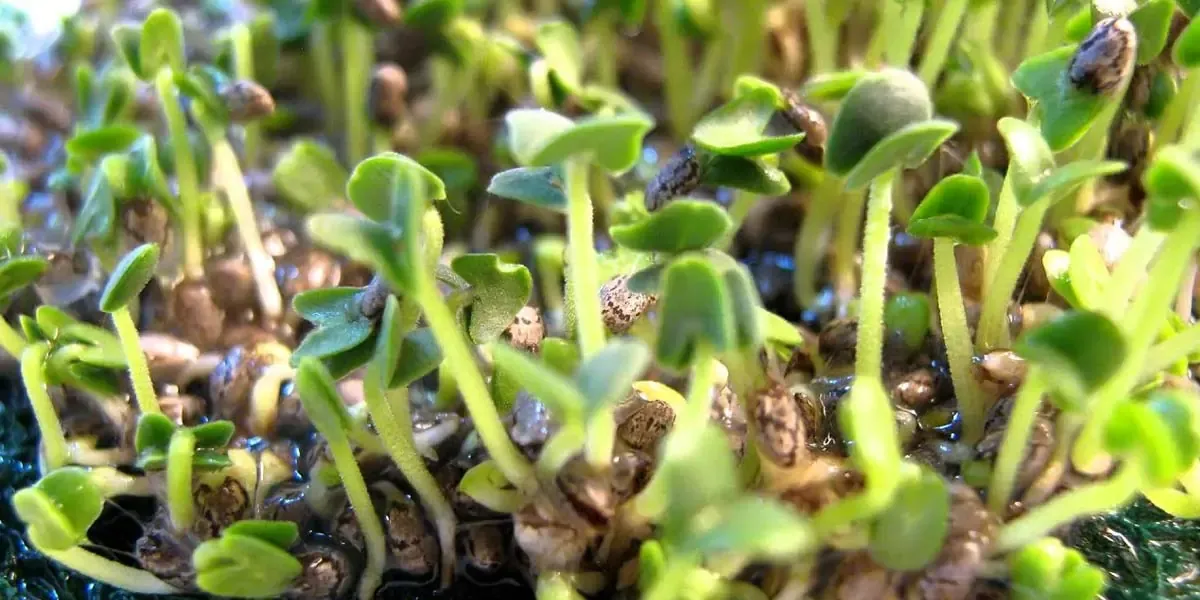
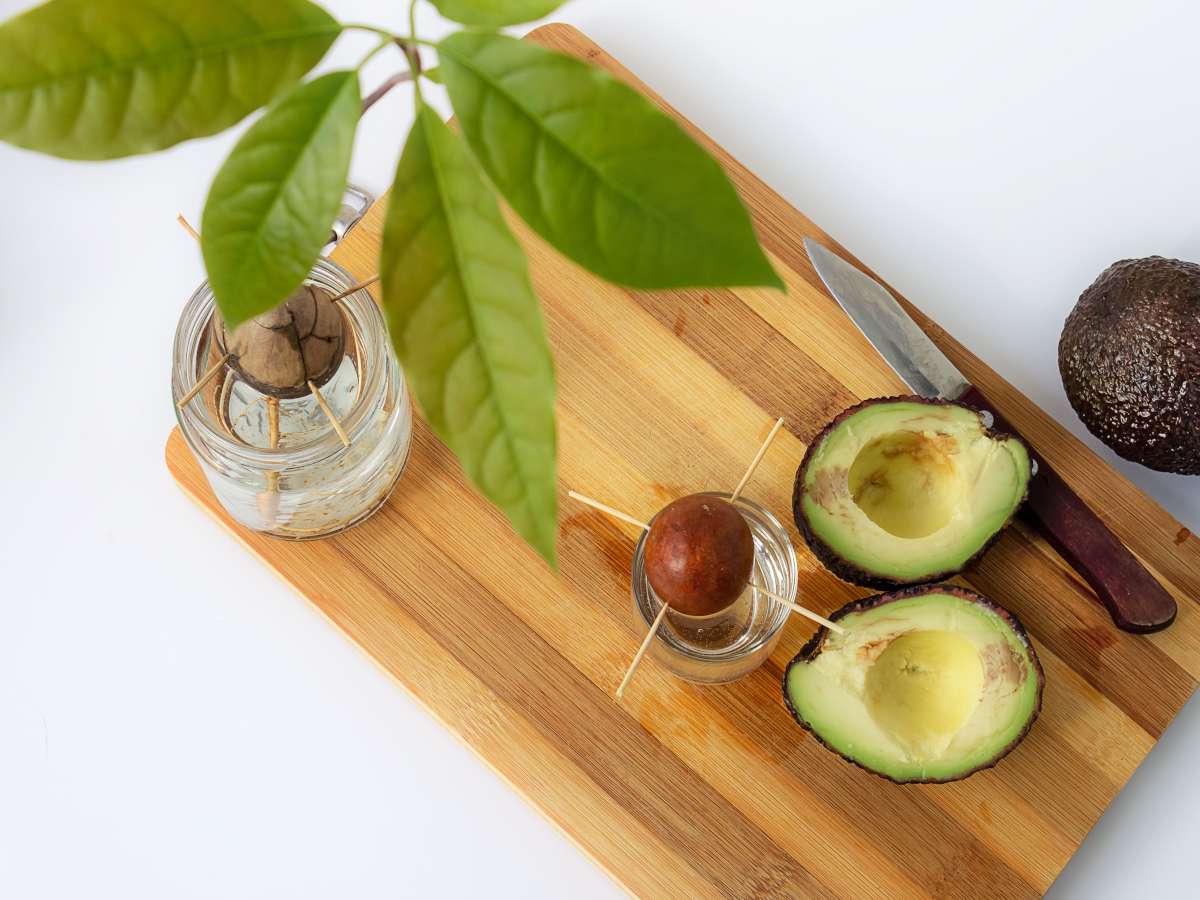
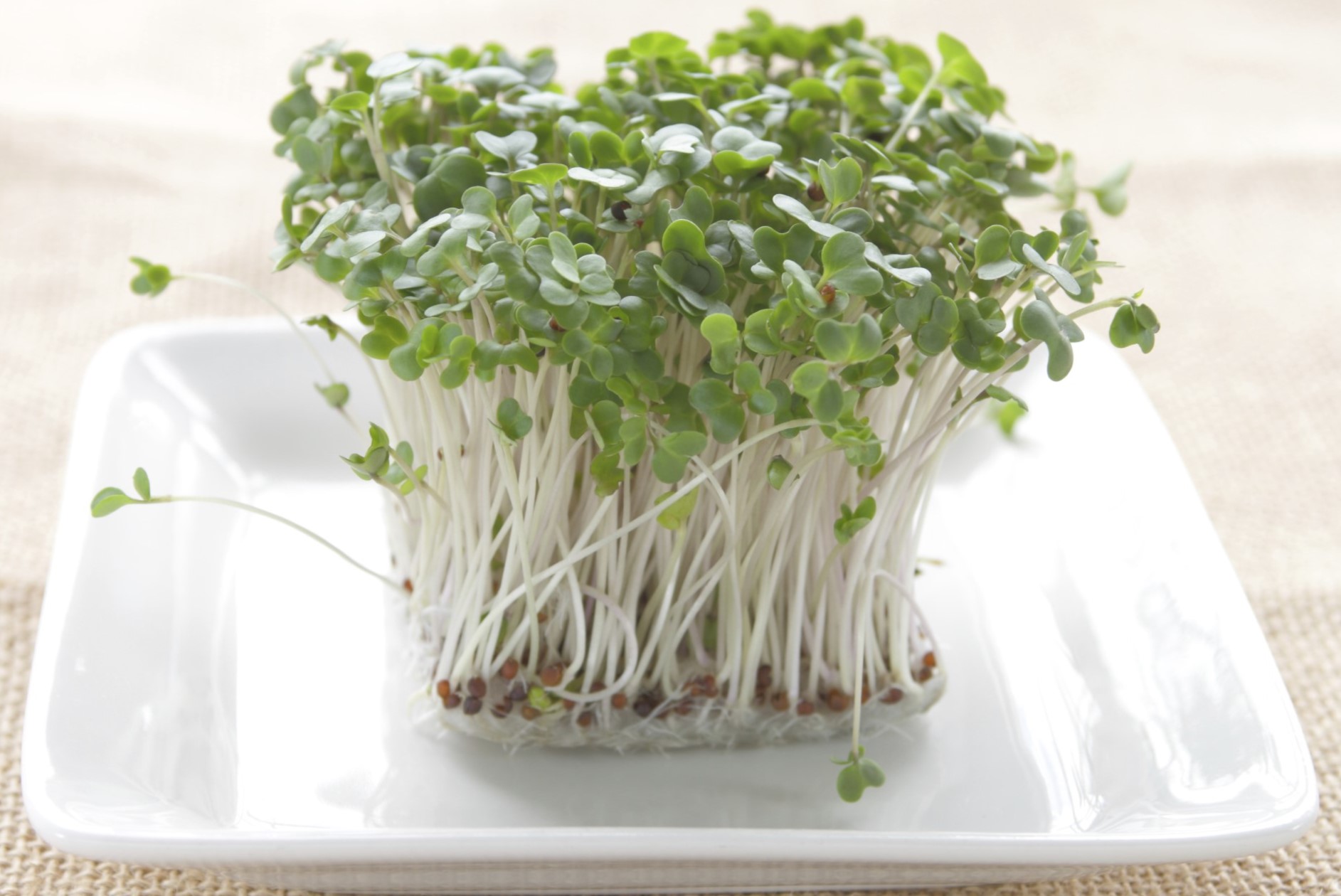
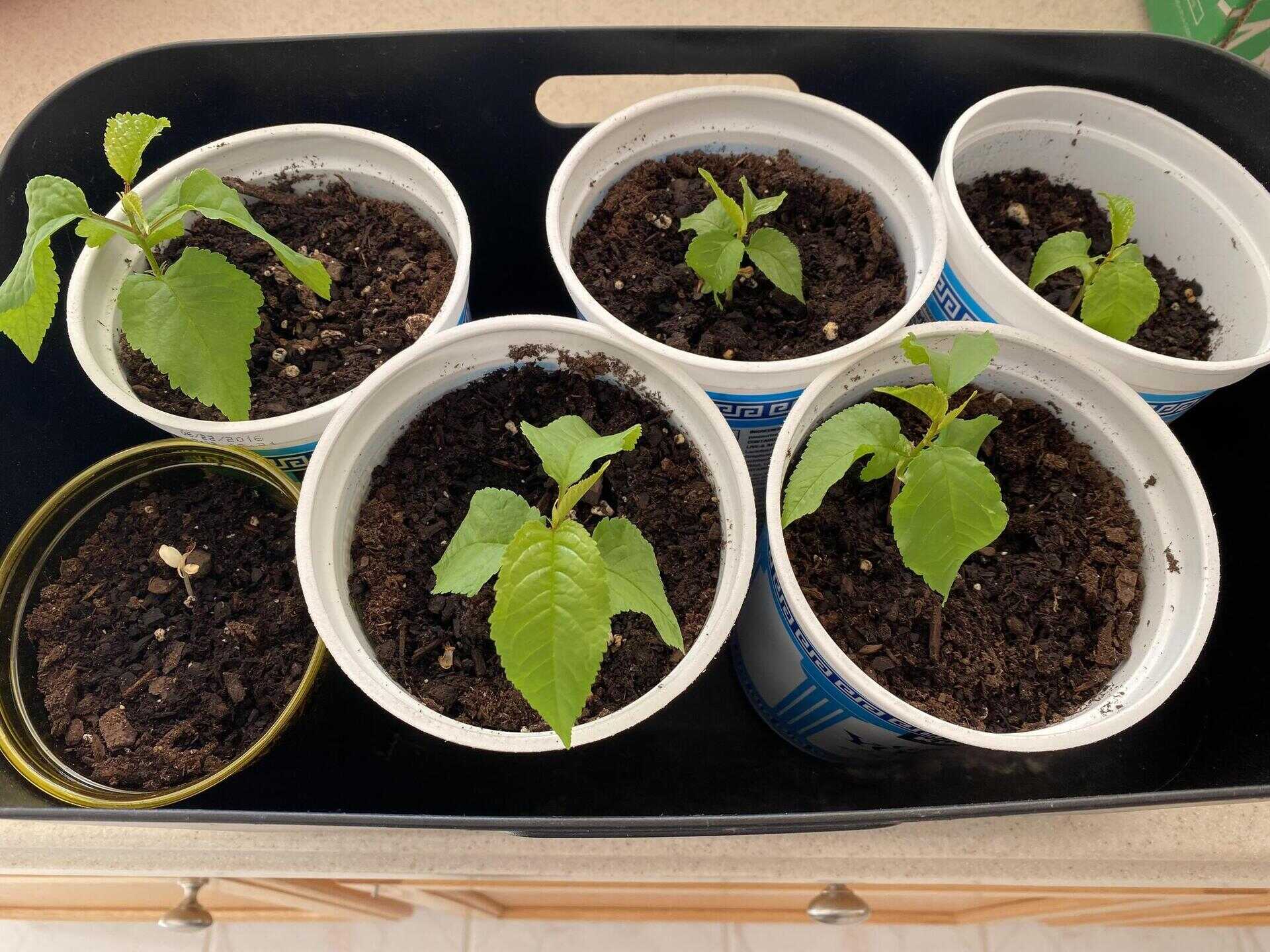
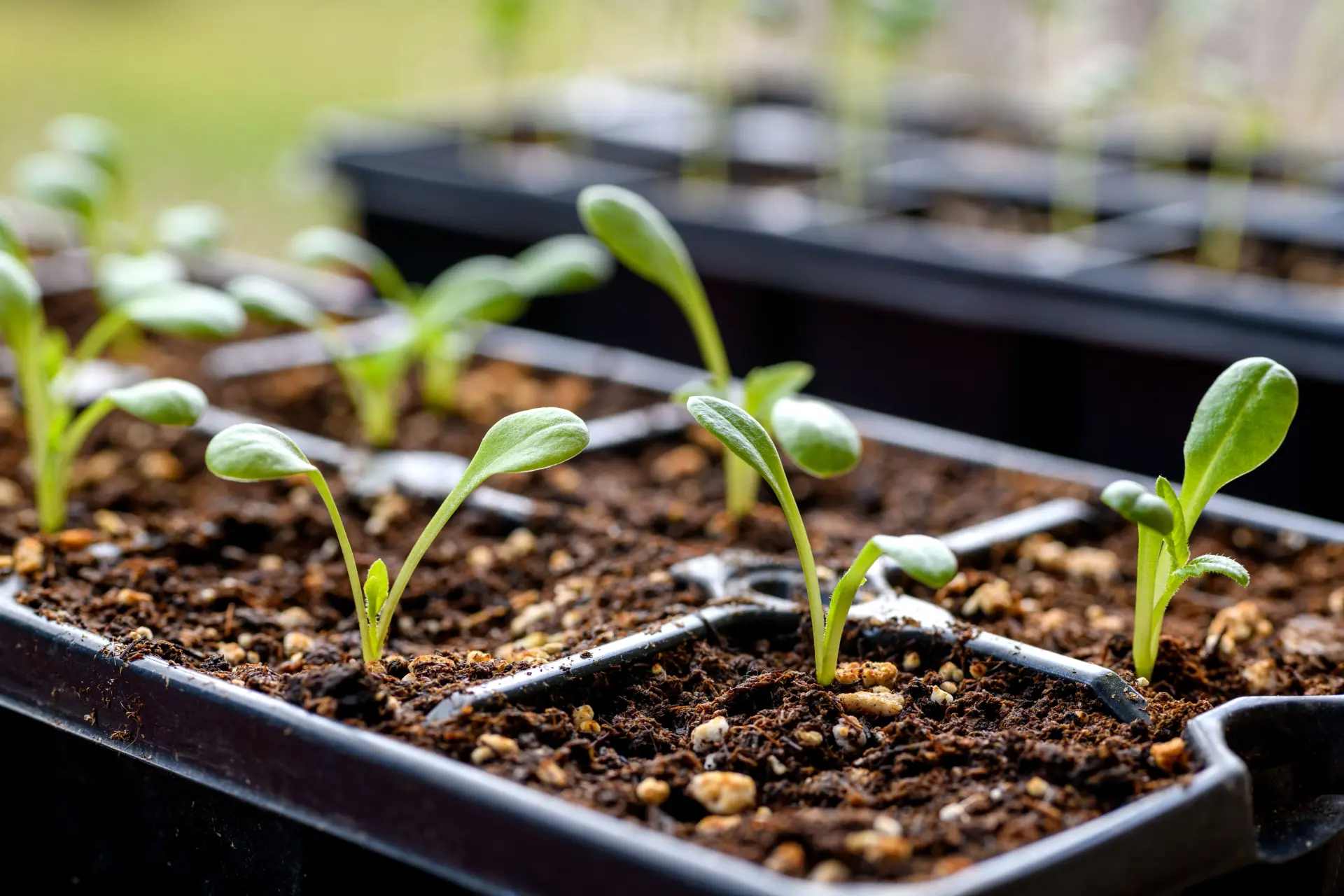
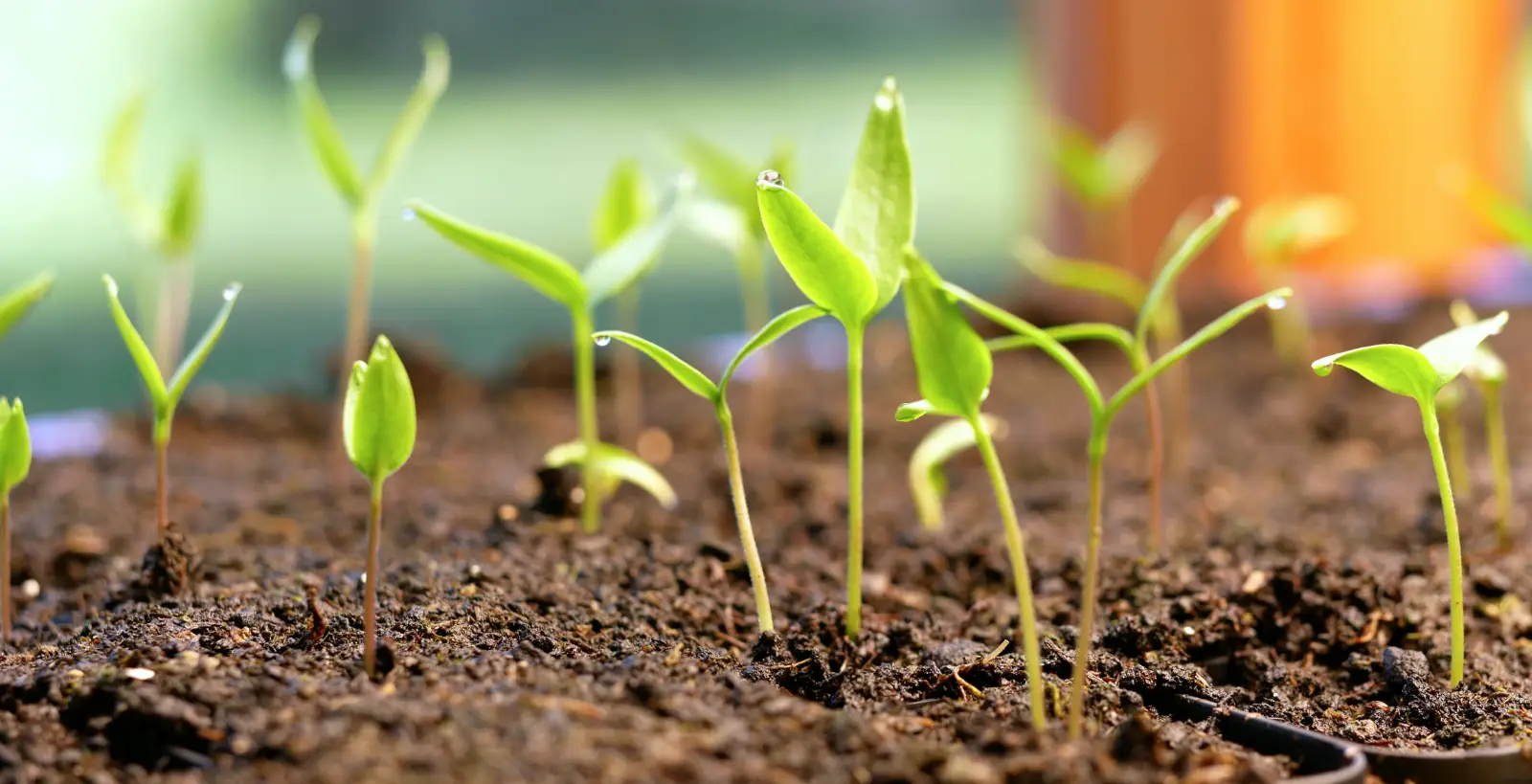
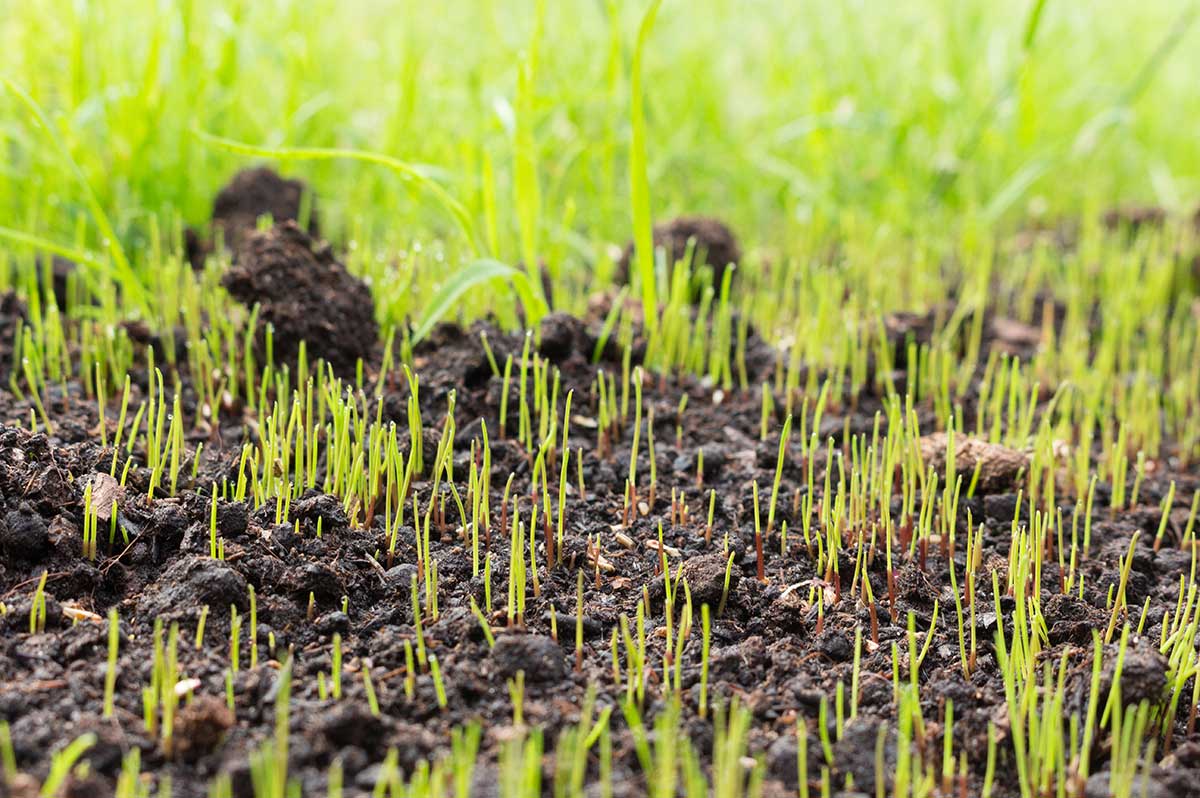
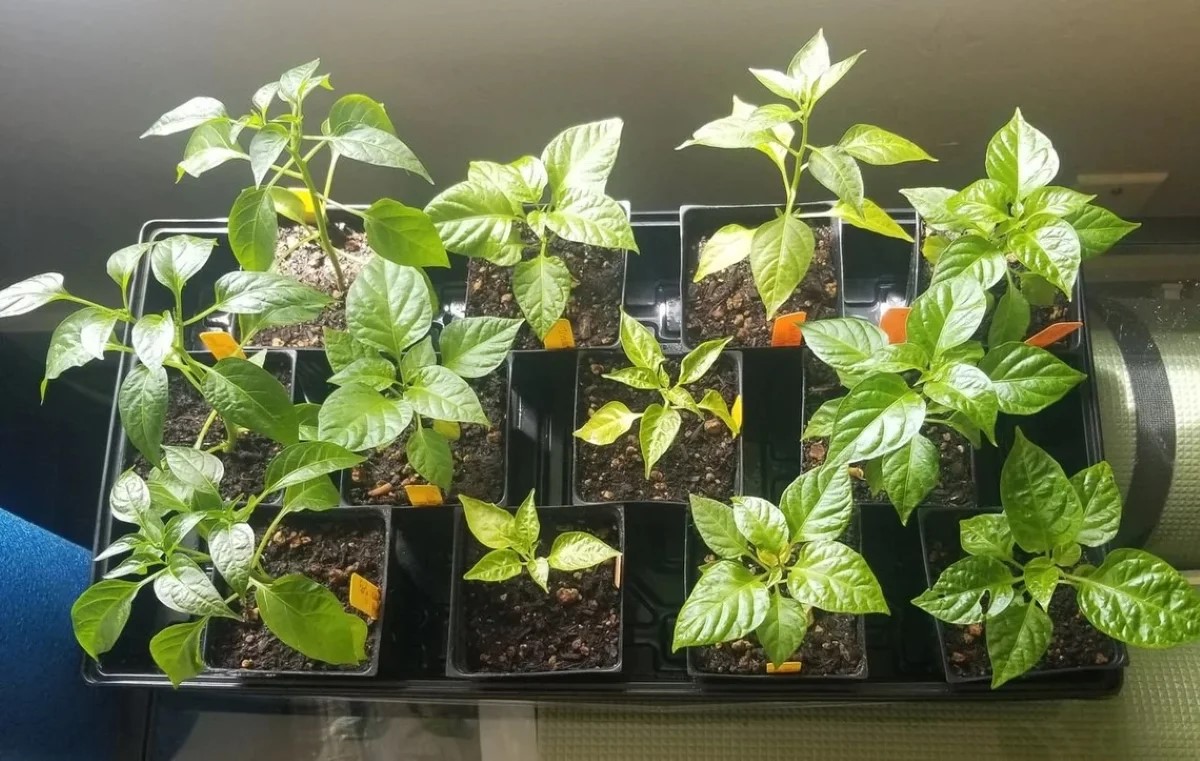
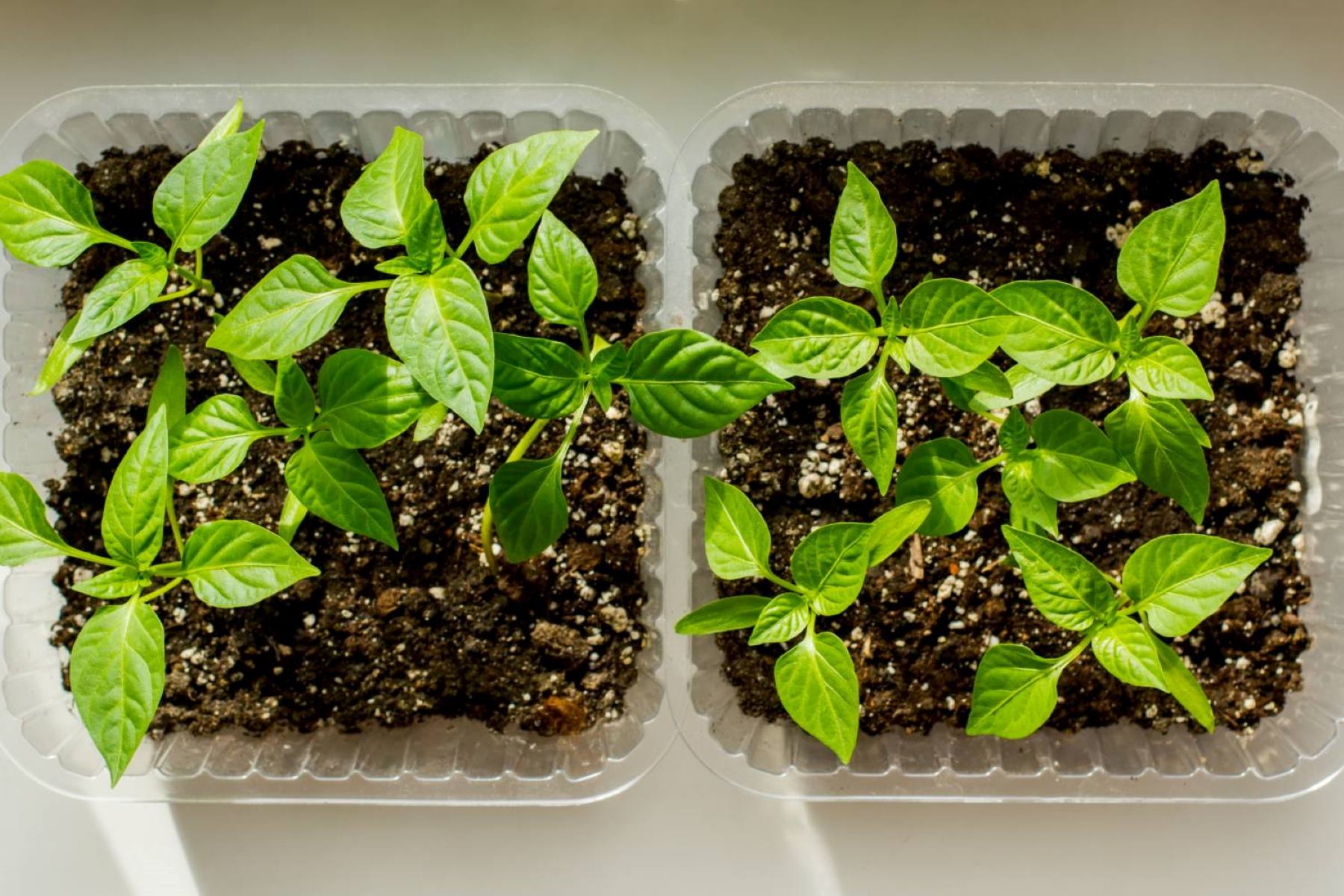
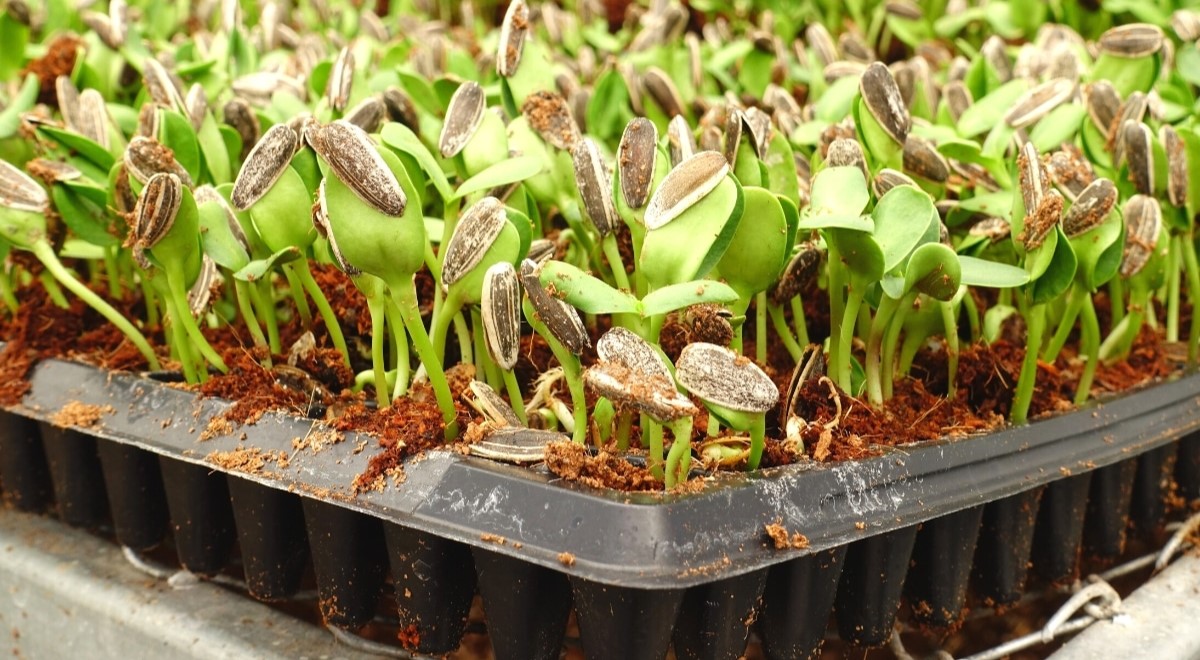
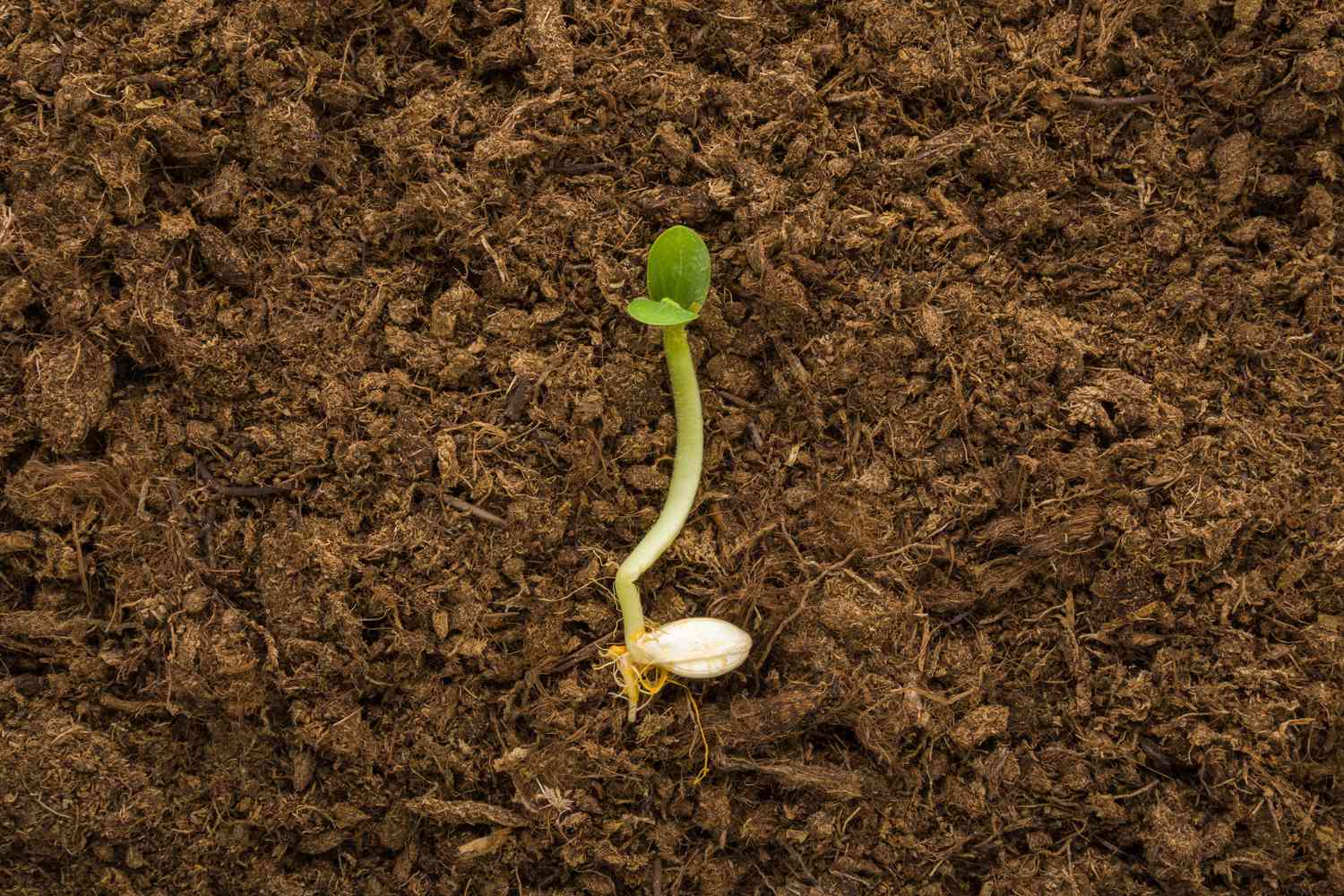
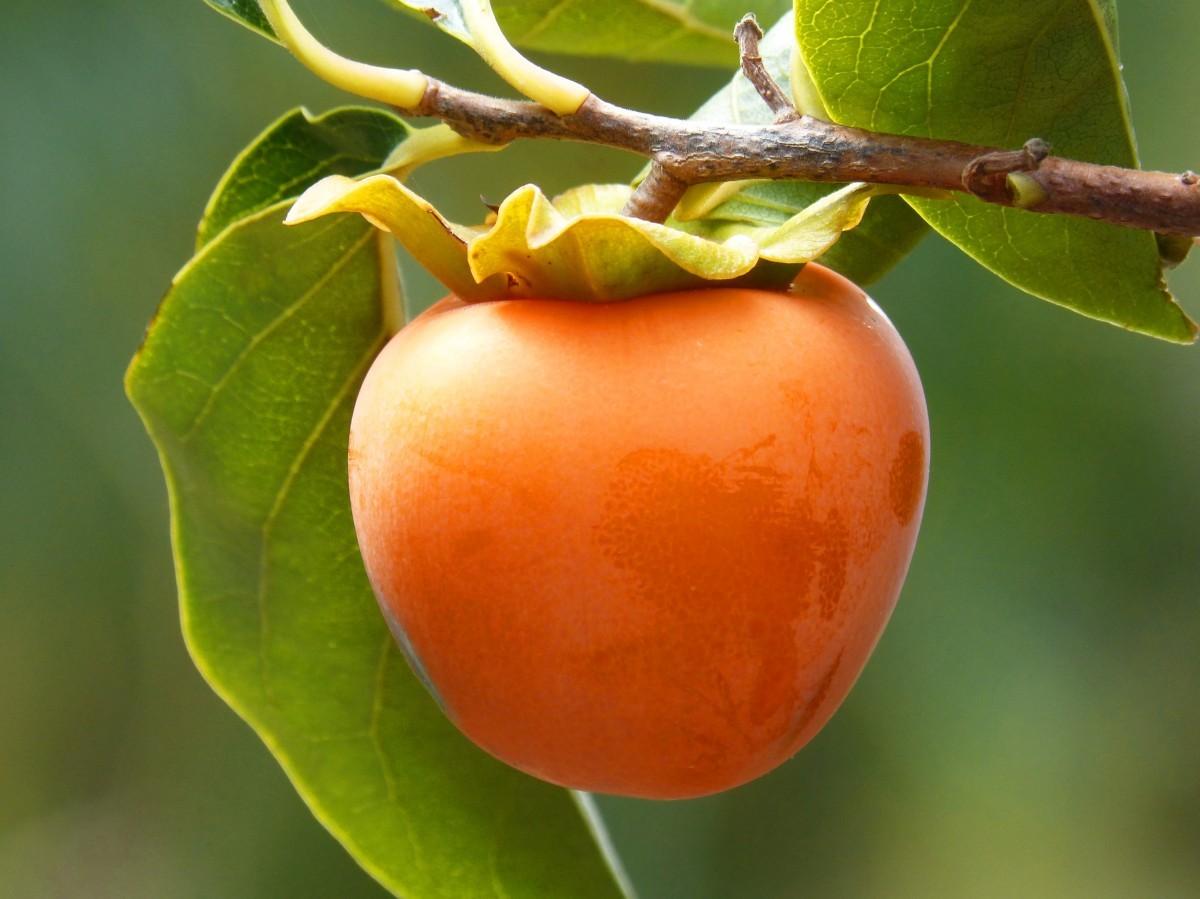
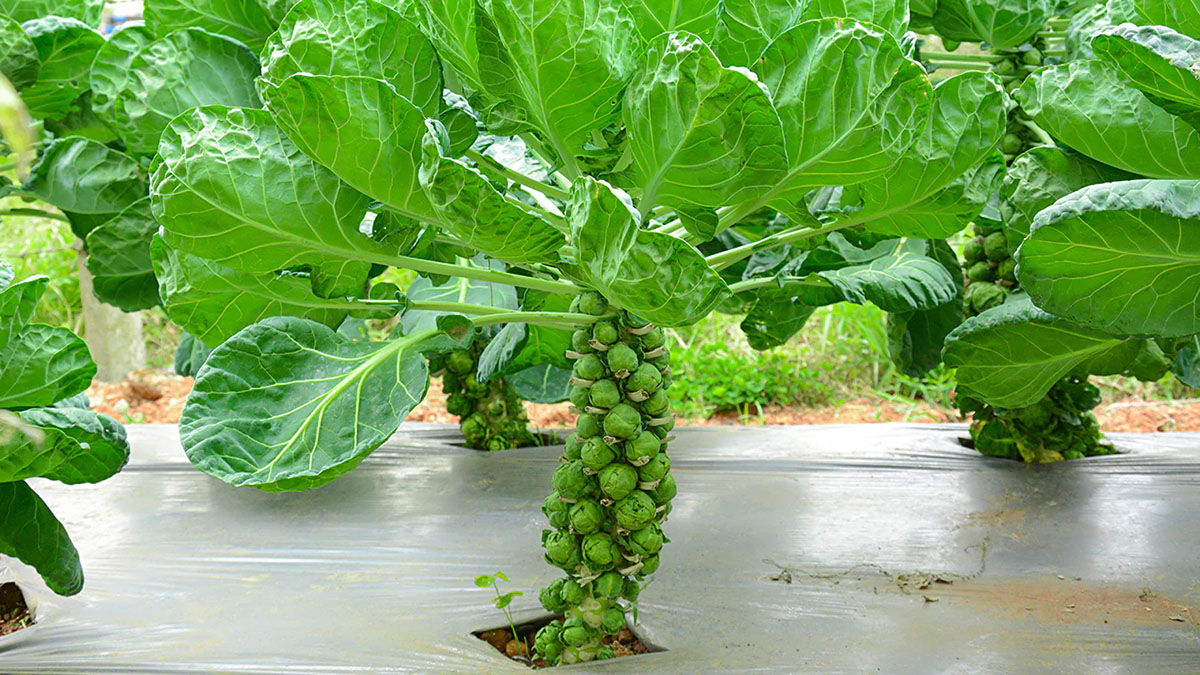

0 thoughts on “How Long Does It Take For Radish Seeds To Sprout”